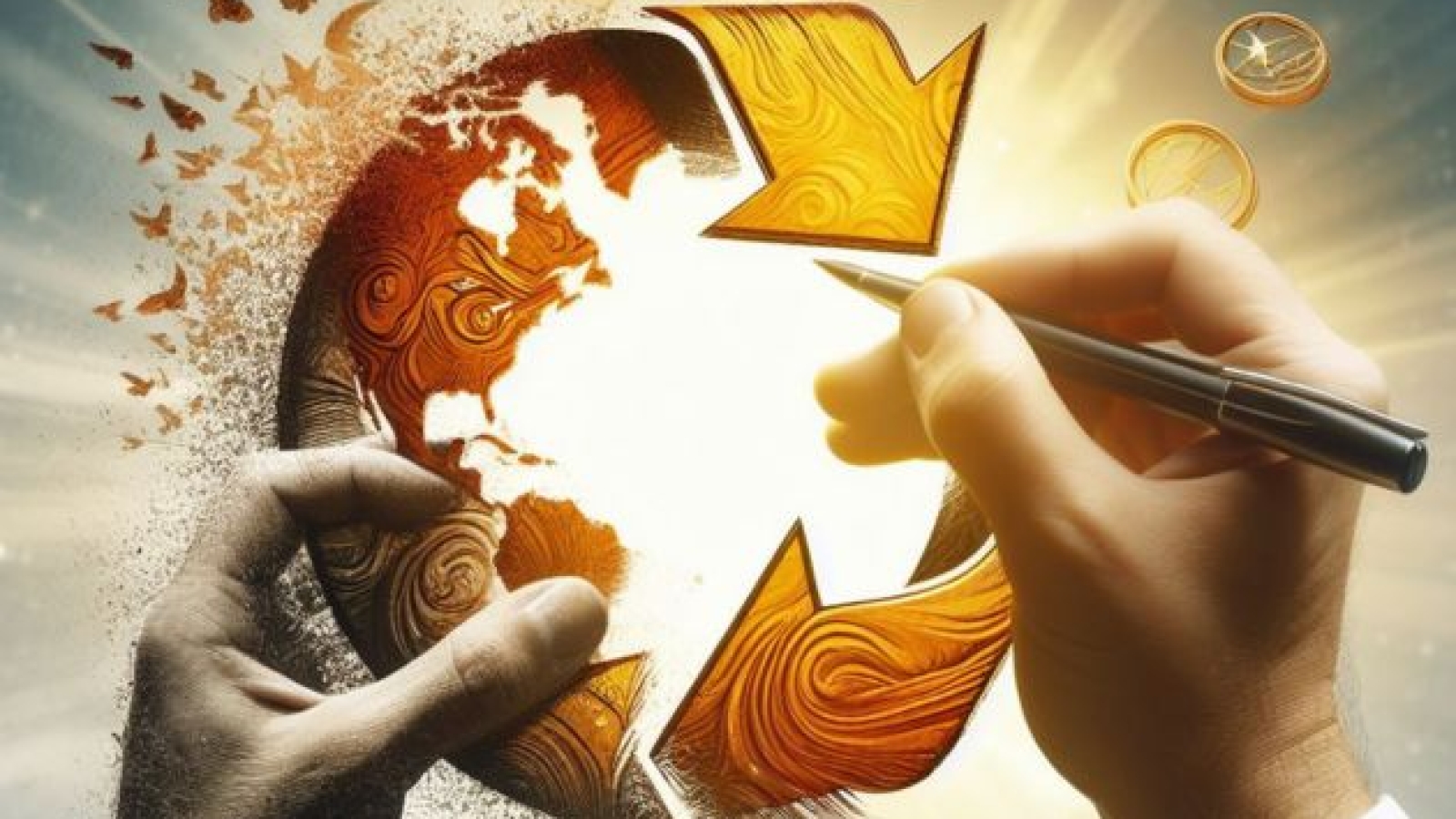Brand Germany ;
Not too long ago, Germany faced its darkest days under Hitler and the Nazi regime. The nation’s image took a severe hit due to aggressive expansionism, militarism, and war crimes, leaving the country in disarray.
The once-proud “Brand Germany” became synonymous with evil, and the swastika symbol represented a dark chapter. The country eventually split into two, and only after Hitler’s demise did the downward spiral stop. In short, Brand Germany completely disintegrated.

Brand Pakistan ;
Post-elections, Pakistan is facing one of its worst PR nightmares, with rebuke pouring in from both the international and domestic fronts. Moody’s has given a “credit negative” signal to Pakistan in the face of prolonged political uncertainty and social unrest. Many think tanks have charged Pakistan with being an authoritative regime.
This is also going to make it tough to approach the IMF for the continuation of the current program and initiate a new one, especially as the IMF has indicated it will only talk to the elected one. The economic fallout can be clearly choreographed. Over the last few decades, Brand Pakistan has suffered immeasurably.
All Cure ;
Germany’s ills were not rectified until it changed its authoritarian policies and brought in a new political structure that prompted international cooperation and accelerated economic turnaround. Even the two parts of the country got reunited.
A quick fix to Pakistan’s political structure holds the key to unlocking its immense potential. With the right changes, Pakistan could emerge as one of the world’s leading economies.
Impact on Rupee ;
While analysts are citing political uncertainty to avoid forecasting any financial market rates, the currency market is deemed to be controlled. In such an environment, the view is that the Rupee will stay stable for the next two weeks, which is approximately when/if the new government takes charge. By that time, remittances due to Ramadan will help in keeping the Rupee stabilized. Also, the new government may not want to change the status quo of the ‘stable’ Rupee. It’s only after March that the impact of IMF negotiations (good or bad) and inflows from bilaterals & multilaterals will start to be felt. This will also be the US$ 1 billion repayment period.
Interestingly, interbank forex markets have been very lackluster during the last few days, with FIs not willing to take new or longer-term positions.
So, we see markets range-bound till March, but traders are cautioned that the political chaos may get dirtier.
US Inflation Surprises on the Upside ;
It was a beneficial week for the US dollar, which charged higher after data revealed US inflation is not cooling down as quickly as investors had hoped.
Solid economic growth, a tight labor market, and persistently high inflation are a cocktail that makes it very difficult for the Fed to cut interest rates. Markets have finally gotten the message. The timing of the first rate cut has been pushed out to June, while the market is now pricing in less than four cuts in total for 2024, down from six earlier.
With rate cuts getting priced out, the dollar has started to shine once again, gaining 3% already this year against a basket of currencies. It’s crucial to note that this is happening even despite the euphoria in the stock market. Positive risk sentiment is generally bad news for the dollar, which is considered a safe-haven asset.
This makes the dollar’s recent rally even more impressive. The reserve currency has started to realign itself with its robust economic fundamentals, and this process might have scope to continue since the market is still pricing in four rate cuts for this year, whereas the Fed has only signaled three.
(The writer is a Former Chairman and Managing Director PIA, Former Federal Minister of industries and production)
The Branding Paradox
